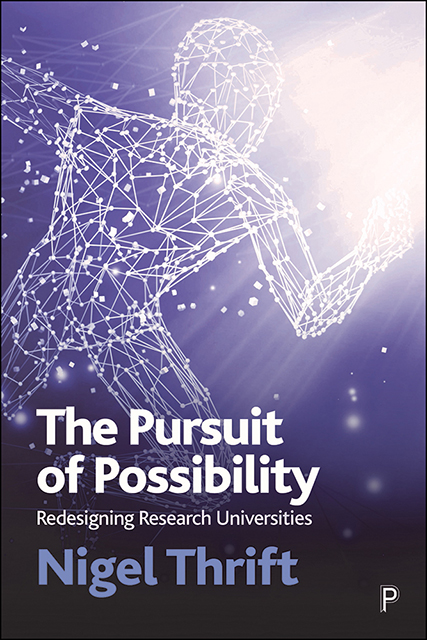9 - Redesigning the Research University
Published online by Cambridge University Press: 21 June 2023
Summary
So what to do? The process of design – or rather redesign – of universities and university systems doesn’t have to be seen as a benighted rebirth of central planning or as a playing field for consultancies. Design is not an alien concept to universities and university systems. For example, pretty well each and every system of higher education has been the subject of intervention in its functioning on a large enough scale to earn the description of design. Clark Kerr’s design of the California State system is often cited. In the UK, the university system has been the subject of successive government reports which have led to redesign, often on an epic scale. The same stricture applies in many other countries where there has often been wholesale top-down change. Europe, for example, has seen the growth of a number of super-universities or clusters with eight identified in 2012, 12 in 2013, 14 in 2014 and one more in 2015, of which the most notable example is found in France where the merger of some 20 higher education and research institutions into the new Paris-Saclay federal university has already led to it becoming the 14th best university in the world in the Shanghai Jiao Tong league table (Cassasus, 2020).
Equally, the work of institutional design of individual universities has been a constant work in progress. It can consist of something as simple as changes in committee structure or the addition of a new school or department. Or it can be of wider consequence, as in the vogue for wholesale administrative reorganisation that was current for a few years – which mainly failed. Or it can mean recasting inter-institutional relations.
In what follows, I therefore offer up a series of policies – at several scales – which might act as a basis for moving forward. They suggest intentions primarily to stimulate debate by broadening its current rather cramped confines.
Redesigning the university system
To begin with, the university system needs changing. Against a background in which still more research funding will probably be placed into special pots, where the scale of the research enterprise will likely continue to grow – and with it a bias towards research done in large teams – and where research will probably continue to become more and more international, even against the current geopolitical background, here is what I would like to see happening.
- Type
- Chapter
- Information
- The Pursuit of PossibilityRedesigning Research Universities, pp. 241 - 258Publisher: Bristol University PressPrint publication year: 2022



